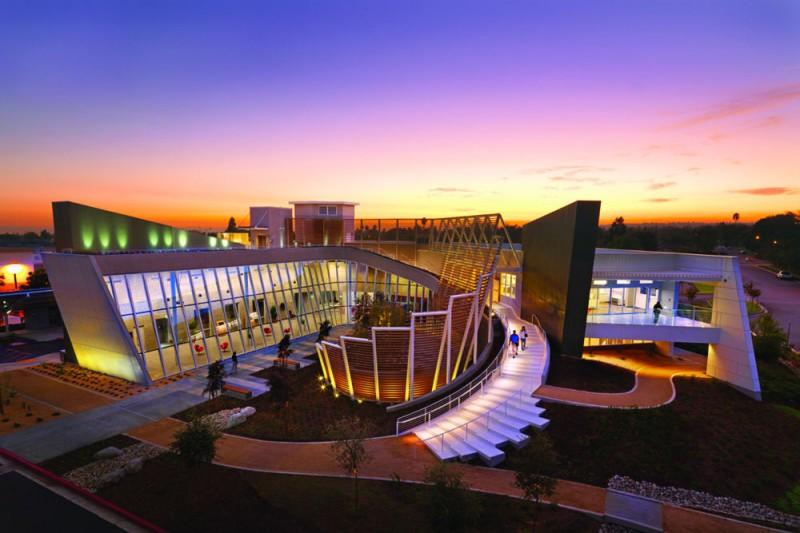Project Info
COMPLETE
 Project Title
Project Title
 Project Title
Project Title
Interactive Kiosk for High Performance Building
Project Number ET10SCE1240 Organization SCE End-use Whole Building Sector Commercial Project Year(s) 2010 - 2011Description
This project will consist of the design and installation of an energy management system and kiosk to evaluate energy usage for the various energy efficiency measures installed in the building: direct/indirect evaporative cooler, VRF System, and domestic hot water and space heating system at a high-performance building on site at a local water district. Additional monitors will be installed on the photovoltaic system and for outside air temperature and humidity measurements.
Project Report Document
Loading PDF Preview...
